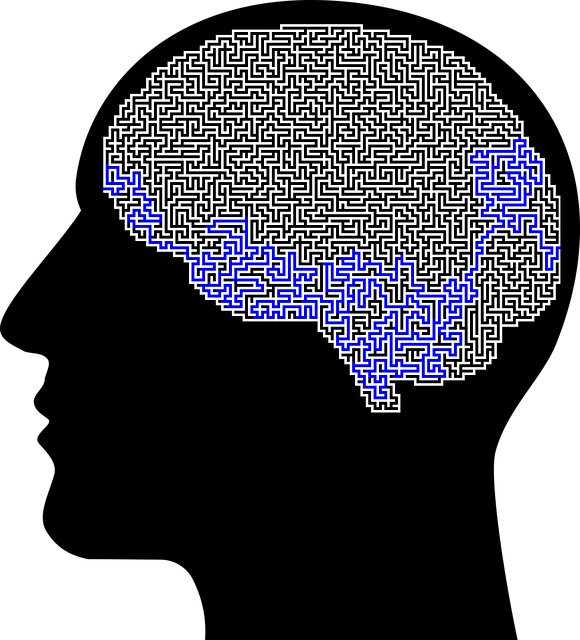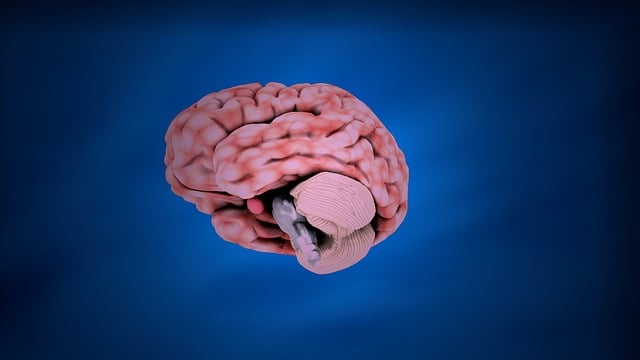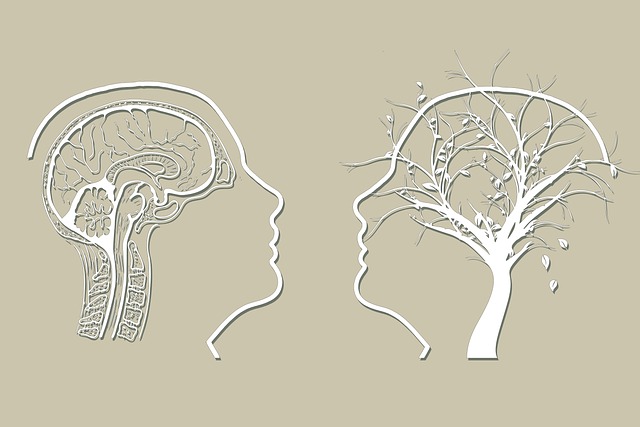Mindfulness meditation emerges as a powerful natural therapy for chronic pain, offering a holistic approach to managing discomfort by cultivating awareness and reducing mental impact. Incorporating mindfulness into stress management workshops and mental health education promotes better outcomes, contributes to mental illness stigma reduction, enhances resilience, and improves overall well-being. Creating a dedicated meditation space, practicing body scan exercises, guided visualizations, mindfulness walking, and yoga can significantly aid in chronic pain management through enhanced self-awareness and relaxation. Consistency, coupled with goal setting, breaking down practice into manageable segments, and integrating mindfulness into daily activities, empowers individuals to overcome challenges and achieve profound benefits for both physical and mental health.
Discover the transformative power of mindfulness meditation as a therapy for chronic pain. This comprehensive guide offers practical steps to navigate your journey towards relief. From understanding the fundamentals to creating an optimal meditation space, we explore benefits ranging from stress reduction to holistic healing. Learn effective techniques, overcome challenges, and embrace a consistent practice for long-term success in managing chronic pain.
- Understanding Mindfulness Meditation for Chronic Pain Relief
- Benefits of Regular Practice: A Holistic Approach to Healing
- Setting Up Your Meditation Space: Creating a Serene Environment
- Techniques and Exercises for Effective Session Integration
- Overcoming Challenges: Tips for Consistency and Long-Term Success
Understanding Mindfulness Meditation for Chronic Pain Relief

Mindfulness meditation has emerged as a powerful therapy for chronic pain relief, offering a natural and holistic approach to managing persistent discomfort. This ancient practice focuses on training the mind to be fully present in the moment, fostering a sense of calm and reducing the impact of physical sensations often associated with pain. By cultivating awareness without judgment, individuals can develop coping skills to better manage their symptoms.
For those seeking alternatives to traditional medicine for chronic pain, mindfulness meditation provides an accessible tool. It empowers people to take control of their mental and emotional well-being, enhancing their overall quality of life. Mental health education programs design incorporating mindfulness often include stress management workshops that teach participants effective strategies for coping with persistent pain. These sessions help individuals understand the mind-body connection and offer practical ways to navigate chronic pain, promoting better physical and mental health outcomes.
Benefits of Regular Practice: A Holistic Approach to Healing

Regular mindfulness meditation practice offers a holistic approach to healing and well-being, addressing both physical and mental health concerns. For individuals suffering from chronic pain, therapy through mindfulness can be transformative. It helps manage pain by shifting focus away from discomfort, reducing the mental impact of persistent pain signals. By cultivating present-moment awareness, practitioners learn to observe their sensations without judgment, fostering a deeper connection with their bodies and promoting relaxation responses.
Beyond its benefits for chronic pain management, mindfulness meditation contributes to Mental Illness Stigma Reduction Efforts by encouraging self-compassion and understanding. Regular practice can serve as crisis intervention guidance, helping individuals navigate stressful situations with greater calmness and clarity. By fostering mental wellness, mindfulness becomes a powerful tool in enhancing overall resilience and promoting positive mental health outcomes.
Setting Up Your Meditation Space: Creating a Serene Environment

Creating a dedicated meditation space is a powerful first step in your mindfulness journey. It allows you to establish a sense of calm and focus each time you sit down, transforming your practice into a ritual. Think of it as crafting your own sanctuary—a place where worries fade away and peace resides. Your space should be free from distractions, with comfortable seating that supports long periods of stillness. Soft lighting and calming scents like lavender can further enhance the serenity. Aim for a spot that provides privacy and quietude, enabling you to disconnect from the outside world and delve into your practice.
In today’s fast-paced world, taking time to tend to your emotional well-being is more important than ever. Mindfulness meditation serves as an effective therapy for chronic pain, offering techniques to promote emotional balance and reduce stress. By setting up a tranquil environment, you create the perfect conditions for mindfulness to flourish. This can be a game-changer in managing chronic pain, as it encourages a holistic approach to health, where mind and body are nurtured together. Public awareness campaigns about these practices can further empower individuals to take charge of their well-being.
Techniques and Exercises for Effective Session Integration

Incorporating mindfulness meditation into your daily routine can be transformative, especially as a therapy for chronic pain. Effective session integration involves a blend of techniques and exercises tailored to individual needs. One powerful method is body scan meditation, where you mentally traverse each part of your body, observing sensations without judgment. This practice enhances self-awareness and promotes relaxation response, helping to mitigate physical discomfort associated with chronic conditions.
Additionally, mindfulness walking or yoga practices integrate movement with present-moment awareness, improving focus and calming the mind. For those interested in deepening their practice, guided visualizations offer a way to explore peaceful scenarios that can reduce stress and pain perception. Remember, consistency is key; regular sessions, even as short as 10 minutes per day, can lead to significant improvements over time. Incorporating these practices alongside social skills training and applying mind over matter principles can further optimize the benefits for those managing chronic pain.
Overcoming Challenges: Tips for Consistency and Long-Term Success

Overcoming challenges is a significant aspect of establishing a consistent mindfulness meditation practice and achieving long-term success. Many individuals struggle to maintain a regular routine, often due to busy schedules or unforeseen circumstances. However, with the right strategies, these hurdles can be transformed into stepping stones for growth. One effective approach is to set realistic goals and break down your practice into manageable segments. Starting small, perhaps with just 10 minutes per day, allows for gradual progression without feeling overwhelmed.
Additionally, incorporating mindfulness into daily activities can help overcome challenges related to motivation and consistency. For instance, practicing awareness while walking or eating can make meditation a more seamless part of your routine. This approach, combined with the support of mental wellness coaching programs and self-care routines focused on emotional regulation, can significantly enhance overall well-being. Remember, developing a sustainable mindfulness practice is a journey; embracing challenges along the way fosters resilience and leads to profound benefits, especially for those seeking therapy for chronic pain or looking to improve their mental health.
Mindfulness meditation offers a powerful therapy for chronic pain relief, enhancing overall well-being through regular practice. By creating a serene space, incorporating effective techniques, and overcoming challenges, individuals can harness the holistic benefits of mindfulness for long-term success in managing pain and improving quality of life. Integrating mindfulness into daily routines allows folks to navigate their pain journey with greater ease and resilience.














